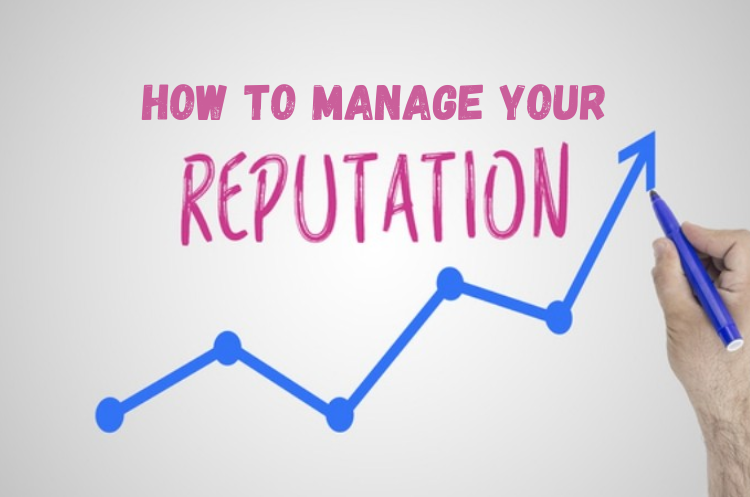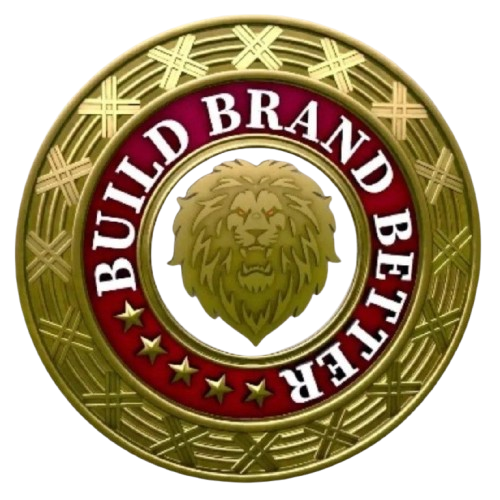
Reputation Management: Building and Safeguarding Your Brand Image
Your reputation is invaluable. It’s how others perceive you in the eyes of the world – whether it’s your competitors, customers, friends, family, colleagues, or the general public. This perception holds immense sway over their choices and decisions. However, reputations are fragile. They can be easily tarnished, but with careful management, you can build, repair, and safeguard your brand image. In this blog, we’ll explore the intricacies of reputation management and how you can use it to your advantage, all while using simple and easy-to-understand English.
The Game Theory of Positive Reputation
Let’s start with a bit of theory – game theory, to be exact. This is the study of competitive strategies and how they apply to different aspects of life, including business. Reputation plays a significant role in this game. Imagine your company is known for its unwavering reliability. This reputation can deter competitors from challenging your ‘reliability.’ Instead, they might focus on areas where they have a competitive edge. This concept is similar to a classic strategy – conquering weaker territories. If a competitor struggles with customer service, your company could excel in this area, creating a niche where you shine.
In essence, by carefully nurturing a reputation tied to a specific attribute, a company can carve out a unique space in the market. This specialized area becomes your stronghold, a zone where competitors may struggle to compete effectively. A robust reputation can be your ticket to uncontested dominance, all thanks to the intangible perceptions others hold about you.
The Making of a Reputation
A reputation begins with the assumption that the public knows little to nothing about you. Let’s illustrate this with an example. Imagine you run a business called “Paws & Whiskers Pet Care,” specializing in pet grooming services.
When people first encounter your company, it’s typically through a piece of information. This might be a headline like “Paws & Whiskers Pet Care Wins National Pet Grooming Excellence Award.” This instantly creates a mental folder titled “Paws & Whiskers: Good or Bad Quality?”
As time goes on, more information accumulates in that mental folder. This information comes from word-of-mouth, reviews, social media, or real-life conversations. Importantly, this information doesn’t have to be specific to Paws & Whiskers Pet Care; as long as it’s related, it often ends up in that evolving folder.
This mental process continues as people gather more information about your business. They form judgments about you, which they then share with the world through word-of-mouth, blog posts, social media, Yelp reviews, and other communication channels.
In essence, your company’s reputation is the sum of all the data and judgments accumulated in people’s minds, shaped by their interactions and the impressions they gather. While much of this information is true, some may be incorrect or falsified, and certain inferences might veer far from reality. Nevertheless, the collective result significantly impacts your business.
If Paws & Whiskers Pet Care aims to continue offering high-quality pet grooming services, it must ensure that the information surrounding it, beyond the excellence award news, aligns with its positive reputation.
Image, Identity, and Personality
According to reputation management experts, a reputation comprises several facets:
- Image: This encompasses what stakeholders perceive the company to be.
- Identity: This reflects the company’s self-description.
- Personality: This characterizes the essence of the company.
These elements must harmoniously align to build, sustain, and safeguard an organization’s reputation. This alignment isn’t solely about what the company proclaims itself to be but also depends on how the community perceives it. Ideally, a good reputation reflects a direct correspondence between perception and reality. If there’s a misalignment, the company must reevaluate its representation and address the disparities between its online reputation and public perception.
How to Manage Your Reputation

Now, let’s dive into practical steps you can take to manage your reputation effectively:
- Keywords and Descriptions: Effective communication on social media revolves around conveying your business’s value and brand message. This often involves creating engaging content that showcases your unique value proposition and brand personality. Through well-researched keywords and descriptions, your content rises to the top of search results, increasing your online visibility.
- Reviews and Ratings: Keeping a close eye on online reviews, both positive and negative, is crucial. Actively engage with these reviews, amplifying positive feedback and responding professionally to negative comments. Offer concrete solutions promptly to resolve any issues and maintain a positive image.
- Search Engine Results: The first page of search engine results is pivotal in shaping initial perceptions of your brand. Any negative content on this page can erode trust. Our approach involves creating positive and well-crafted content to propel your brand to the top of search results, pushing any detrimental information to later result pages where it’s less likely to be viewed.
Remember, your reputation is an asset worth nurturing. With the right strategies and a commitment to aligning perception with reality, you can build a robust and positive brand image that sets you apart from the competition. Reputation management is an ongoing process, and with diligence and care, you can safeguard your reputation for years to come.
Build Brand Better: Your Online Reputation Partner
In the realm of online reputation management, trust Build Brand Better. We enhance your brand by boosting positive content, improving search visibility, and handling negative information. With keyword optimization, we make sure your message shines. We actively manage reviews, turning negatives into positives. And we dominate search results, pushing down damaging content. Build Brand Better is your reputation’s best friend.
FAQ
What is Reputation?
Reputation is the subjective, qualitative belief an individual holds regarding a brand, person, company, product, or service. It profoundly impacts various aspects of life, from forming connections to influencing purchasing decisions and referrals.
How is a Reputation Made?
A reputation comprises all the ways individuals interact with your brand and the impressions they form about you or your company. It commences with initial contact, often initiated by an online search. People continue to gather information about your brand through word-of-mouth, blog posts, social media, online reviews, and other channels. This information shapes their perceptions and inferences about your company.
What Does a Reputation Consist Of?
A reputation encompasses three key facets: image (what stakeholders think of the company), identity (what the company claims to be), and personality (the essence of the company). Ultimately, it boils down to aligning perception with reality for the successful creation of a positive reputation.
How Do You Foster a Positive Reputation?
To cultivate a positive reputation, amplify positive associations with your business and simultaneously address and mitigate negative elements. Create favorable content while interacting professionally with dissatisfied customers and striving to have non-factual content removed. This process aligns perception with reality, bolstering your company’s positive image.
For more Blogs :- www.buildbrandbetter.io/blog/
